Overview
Students will translate the expressive qualities of plants into lines and shapes in a drawing.
Materials and Tools
- 1 sheet of white paper, 9 x 12” or 12 x 18”
- An Ebony or regular pencil
- The photos on slides #5 – 10
- Drawing Plants from Around the World video
- Drawing Plants from Around the World student slides
Objectives
Students will understand that:
- A plant can be seen as a series of connected lines and shapes.
- The expressive qualities of distinctive features of plants can be translated into lines, shapes and marks.
- Photos can be used as reference for artworks but are different from drawing from direct observation.
Students will be able to:
- Look closely at a photo to identify the lines, shapes and textures of a chosen plant from around the world.
- Use and combine different lines, shapes and marks to draw a plant, focusing on distinctive features.
Activities
Step 1: Introduction to the lesson, view Drawing Plants from Around the World video (11 minutes)
Hello artists! In the last lesson we drew a natural object from observation. What was it like to draw this way? Did you notice anything interesting about your object by observing it closely?
Artists often draw physical objects that are in front of them. But artists also draw things that they can’t directly observe, using photos as reference. How do you think drawing from a photograph might be different from drawing an actual object?
In this lesson, you will draw plants from around the world. We will use reference photos to observe the distinctive features of these plants and identify their lines, shapes and visual textures.
View the Drawing Plants from Around the World video to learn how an artist uses a photo as reference to draw the lines, shapes and distinctive features of a plant.
Step 2: Observing photos of plants from around the world, with student slides #11 – 14 (5 minutes)
Let’s take some time to look at the photos of plants from around the world on student slides #5 – 10.
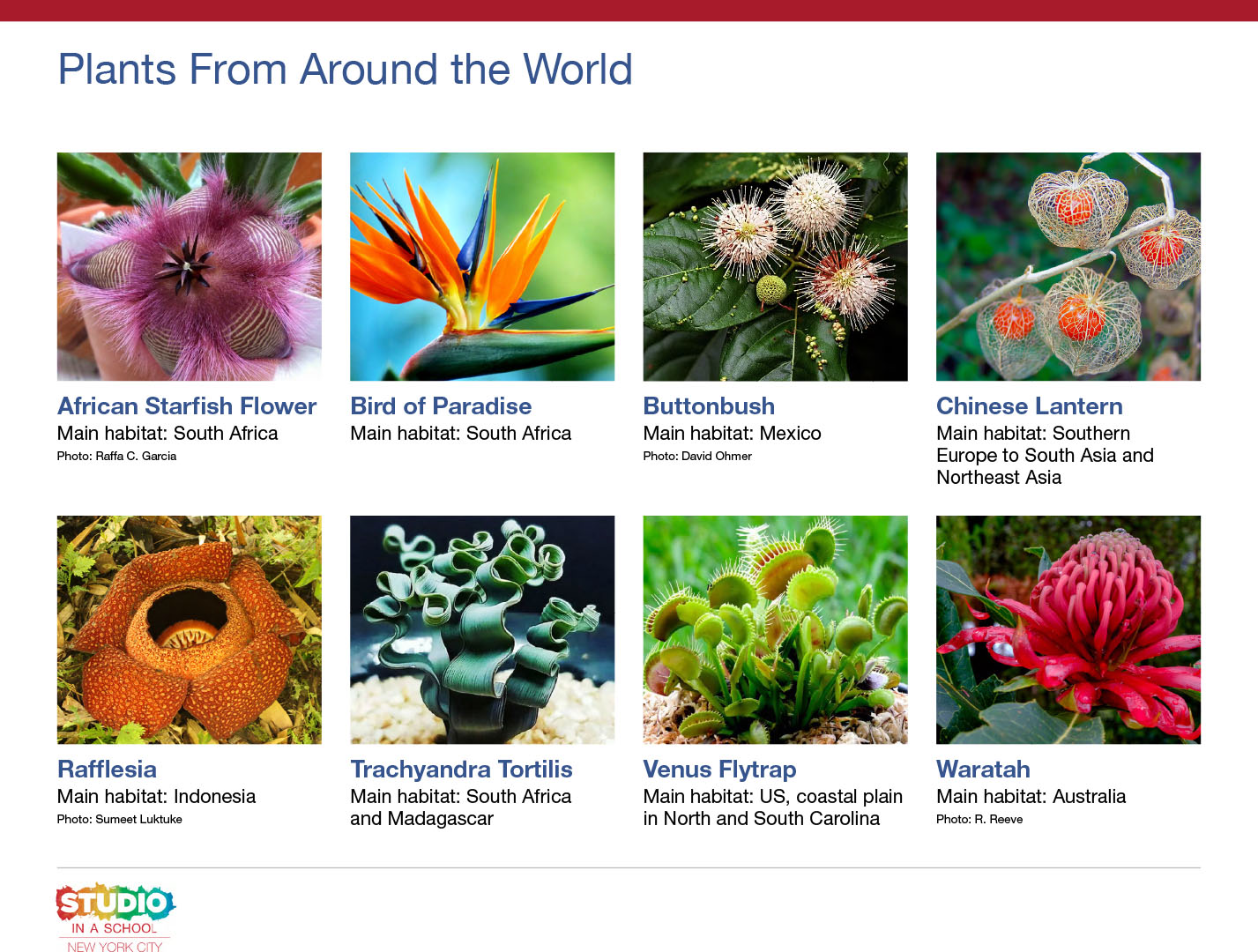
Choose one photo of a plant that inspires you and that you want to draw.
- Have you ever seen a plant like this before?
- What distinctive features do you notice?
- Why do you imagine this plant has these features?
Step 3: Planning your drawing, with student slides #11 – 12 (15 minutes)
Take out your drawing paper.
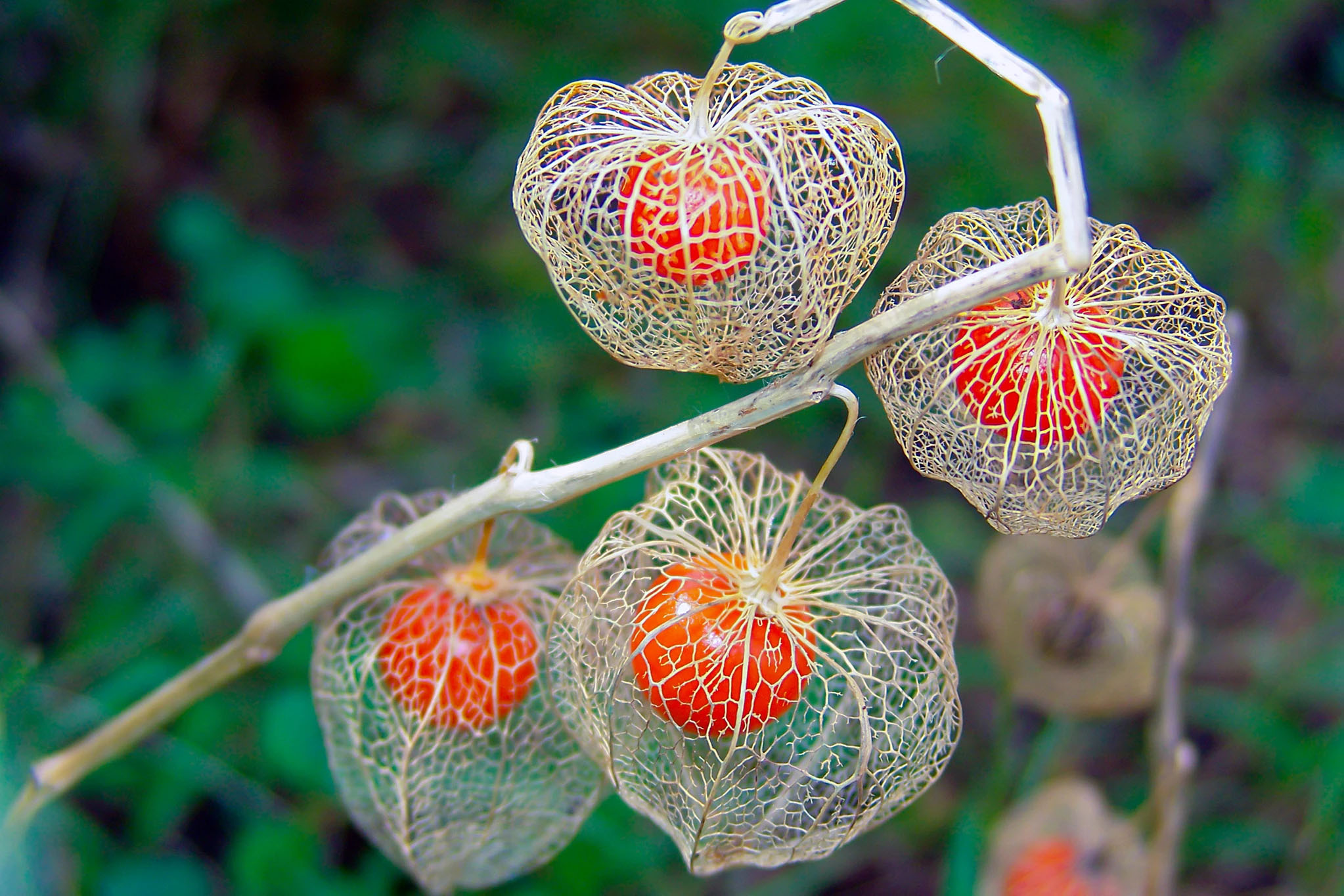
Take a minute to look closely at your plant and think about these prompts:
- What is the largest shape of the plant?
- Is the plant tall or wide?
- Which parts are larger and which parts are smaller?
- Where do you see lines? What kinds of lines are they?
- What kinds of lines, shapes or patterns show the texture?
- What details do you notice?
- How will you draw your plant’s distinctive features?
In the video, Daniel planned his composition before he began to draw. Why do you think it’s important to plan before drawing? Consider these questions to help you plan your composition.
- Will your drawing paper be vertical or horizontal?
- How big do you need to draw your plant to fill your paper?
- Where will you draw the largest shape of your plant?
Trace the shape of the plant on your paper with your finger. Make a mark with your pencil where your plant will hit the edges of your page.
Step 4: Drawing your plant, with student slides #13 – 14 (15 minutes)
Look at your plant photo and begin drawing the largest shapes that you see.
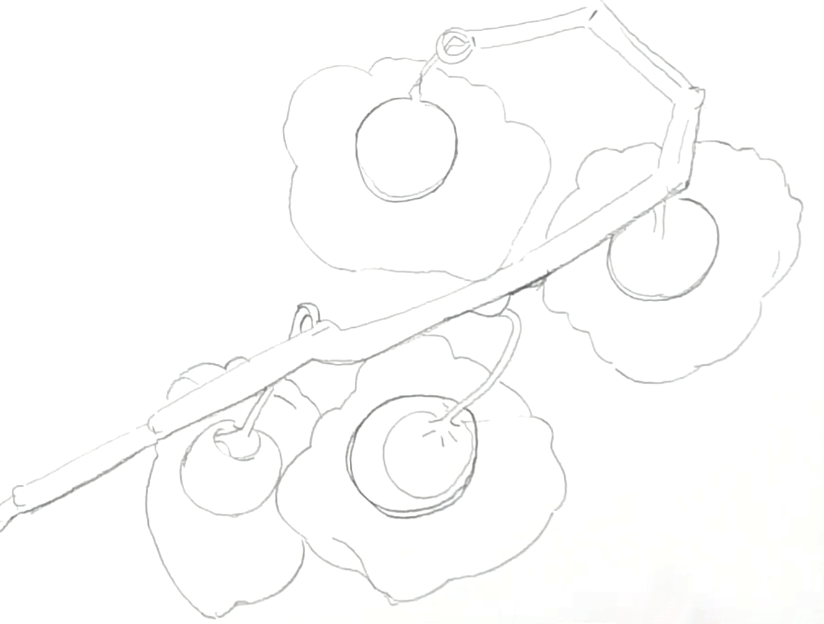
- What kind of lines make the edge of the shape? Are they thick or thin?
Start by lightly drawing the shapes of your plant.
Once you draw the lines that best describe your plant, go over these to make them darker.
You don’t need to erase anything.
Keep drawing slowly.
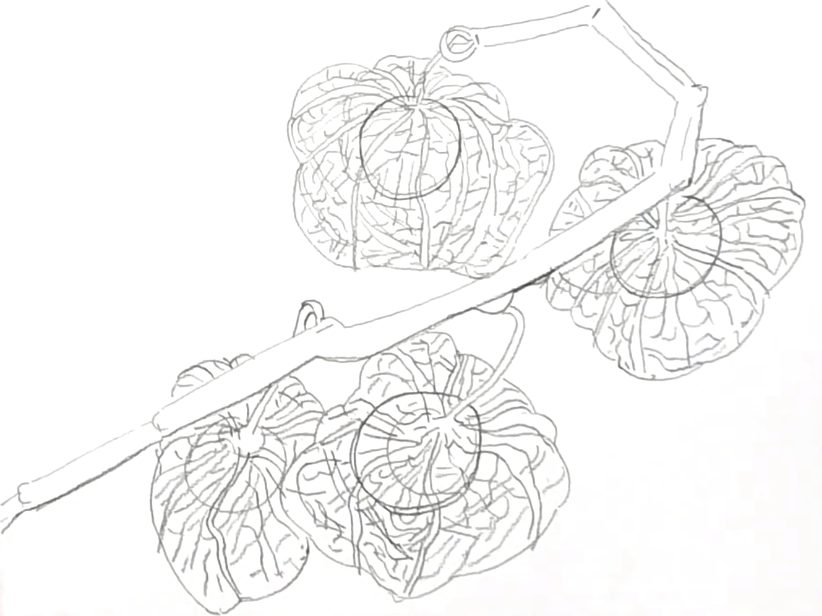
Remember, artists use photos for inspiration and to learn what something looks like. But an artists’ drawing expresses their personal way of seeing, and it will look different than the photo.
After drawing the large shapes of your plant, add any smaller shapes.
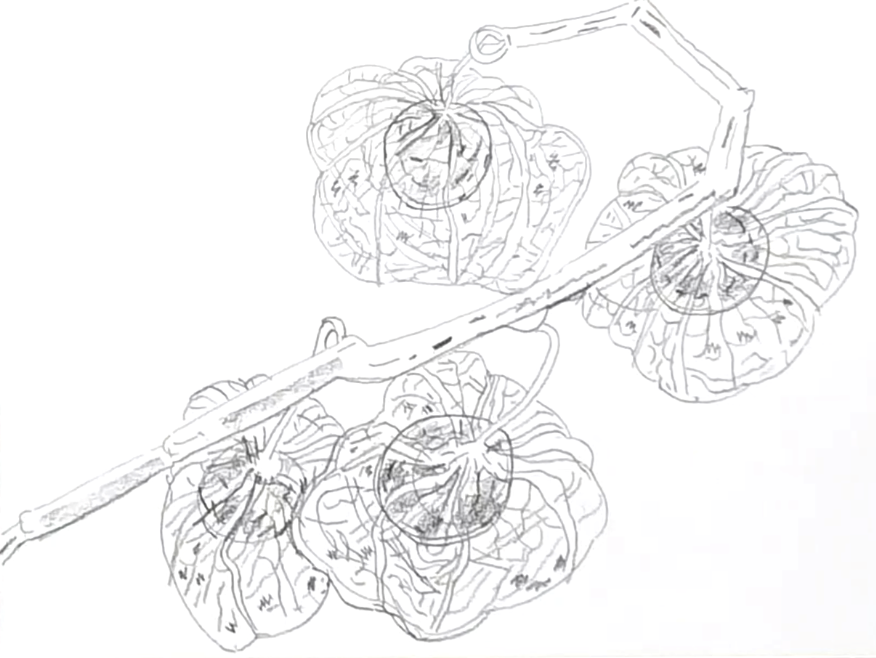
- What details do you notice? Add these to your drawing.
- Draw the textures that you see.
Have students draw a second plant if there is time available.
Step 5: Reflection Questions for Discussion (10 minutes)
Questions for Individual Artists
- What did you first notice about your plant?
- What new details did you discover about your plant while you were drawing?
- How did you draw your plant’s distinctive features?
Questions for Whole Group
- What do you notice about the plant in this drawing?
- How did the artist draw that feature? What lines or shapes did they use?
Vocabulary
Reference
Distinctive
Resources
Guardian article and images from Plant: Exploring the Botanical World, a book celebrating botanical art throughout history and within different cultures

Photos of Plants From Around the World
Adaptations
For Multilingual Learners
Have students who want to draw the same plant sit in a group and share their observations about the photo with the group before drawing.
Connect to prior knowledge—ask students to share if they’ve seen plants like these before and what they know about them. Ask students to share if there are other plants with distinctive features that they know of.
Extensions
Draw Plants from Observation
Bring interesting plants into the classroom to draw or visit a local park or botanical garden to draw plants from observation.
Draw Your Natural Object Using Different Drawing Media
Continue to explore expressive qualities of plants using paint or collage.
Personal Connections to Geographic Locations
Draw a plant from your culture or home country.
Science
Why do plants with specific features grow in different places? Draw 1-2 plants and the environments where they grow.

